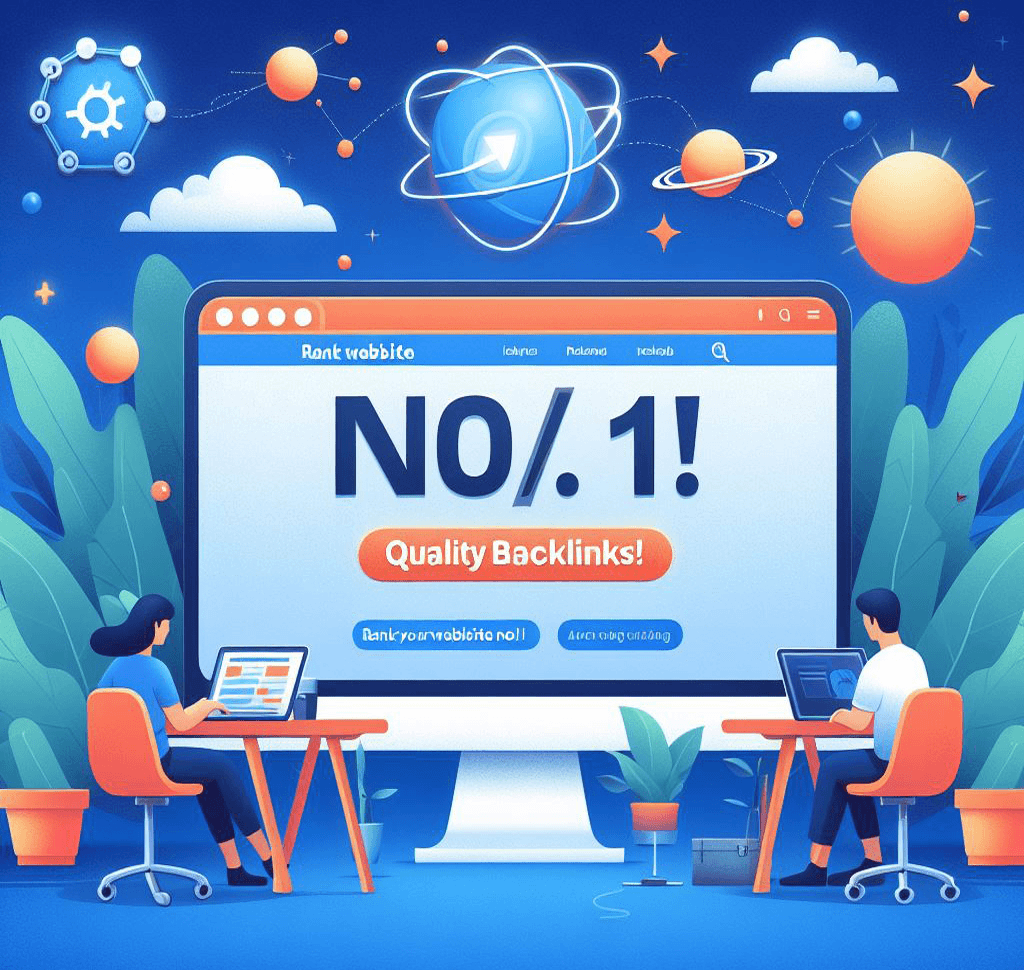Starting a business can be an exciting and rewarding endeavor. However, the journey from idea to execution can be challenging and requires careful planning and execution. In this step-by-step guide, we will explore the key stages involved in turning your business idea into a successful venture.
1. Define Your Business Idea
Before diving into the world of entrepreneurship, it’s crucial to have a clear understanding of your business idea. Start by identifying a problem that your product or service can solve. Conduct market research to ensure there is a demand for your offering and analyze your potential competitors.
Once you have a solid concept, define your target audience and create a unique selling proposition that sets you apart from the competition. This will form the foundation of your business and guide your decision-making process throughout.
2. Develop a Business Plan
A well-crafted business plan is essential for attracting investors, securing funding, and guiding your business’s growth. Start by outlining your company’s mission, vision, and goals. Identify your target market, analyze your competition, and define your marketing and sales strategies.
Include financial projections, such as revenue forecasts and expense estimates, to demonstrate the viability of your business. A comprehensive business plan will serve as a roadmap, helping you stay focused and accountable as you move forward.
3. Secure Funding
Once your business plan is in place, you’ll need to secure funding to bring your idea to life. There are various options available, including self-funding, loans, grants, and seeking investment from venture capitalists or angel investors.
Research and evaluate the best funding options for your business. Prepare a compelling pitch deck or business proposal to present to potential investors. Highlight the market potential, competitive advantage, and growth opportunities to increase your chances of securing the necessary funds.
4. Register Your Business
Before launching your business, you’ll need to register it with the appropriate government authorities. Choose a business structure, such as a sole proprietorship, partnership, or limited liability company (LLC), and complete the necessary paperwork.
Obtain any required licenses or permits specific to your industry or location. Registering your business not only ensures legal compliance but also establishes your credibility and protects your brand.
5. Set Up Your Operations
With the legalities taken care of, it’s time to set up your business operations. This includes securing a physical location, if necessary, and establishing your online presence through a website and social media channels.
Invest in the necessary equipment, technology, and software to support your operations. Develop efficient processes and systems to streamline your workflow and ensure smooth day-to-day operations.
6. Build a Strong Team
No business can succeed without a dedicated and talented team. Identify the key roles and skills required to run your business effectively. Hire employees or contractors who align with your company culture and share your vision.
Provide ongoing training and development opportunities to nurture your team’s skills and expertise. Encourage open communication, collaboration, and a positive work environment to foster productivity and innovation.
7. Launch and Market Your Business
With everything in place, it’s time to launch your business and start marketing your products or services. Develop a comprehensive marketing strategy that includes online and offline channels to reach your target audience.
Utilize digital marketing techniques such as search engine optimization (SEO), social media marketing, content marketing, and email campaigns to create brand awareness and attract customers. Monitor and analyze your marketing efforts to make data-driven decisions and optimize your campaigns for maximum impact.
8. Monitor and Adapt
Once your business is up and running, it’s important to continuously monitor its performance and adapt as needed. Keep a close eye on key performance indicators (KPIs) such as revenue, customer satisfaction, and market trends.
Stay updated with industry developments and embrace innovation to stay ahead of the competition. Regularly review and refine your business strategies to ensure long-term success.
Conclusion
Bringing a business idea to fruition requires careful planning, execution, and adaptability. By following this step-by-step guide, you can navigate the challenging journey from idea to execution and increase your chances of achieving business success.
Remember, building a successful business takes time and effort. Stay focused, persevere through challenges, and never stop learning and evolving. With dedication and determination, your business idea can become a reality.



